Suicide Squad: Kill the Justice League – So Much Wasted Potential
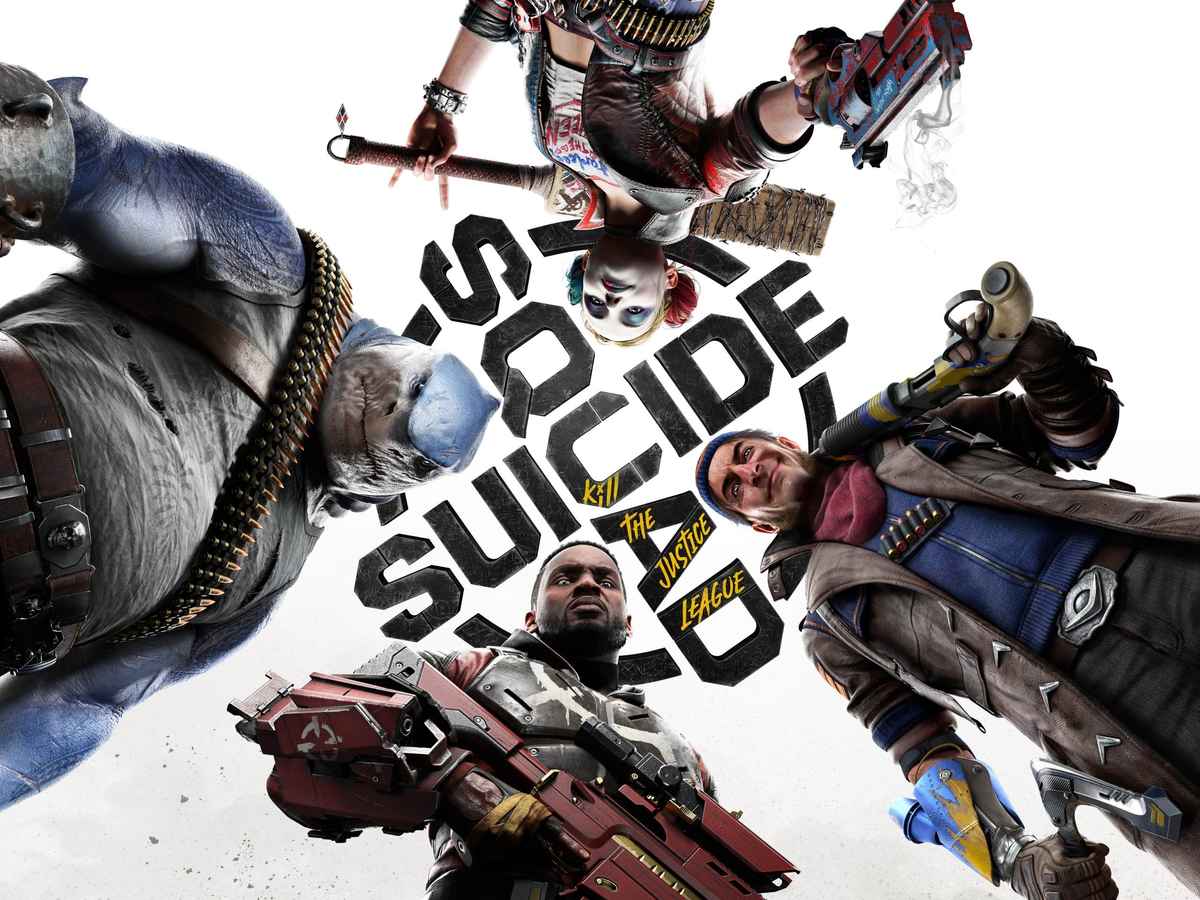
Suicide Squad: Kill the Justice League is a title that has been hotly debated by critics and fans alike, with a chaotic mix of praise and criticism. The gaming community finds itself torn between applauding the game’s lively action sequences, endearing characters, and expansive live service elements, while simultaneously lamenting its repetitive missions, narrative missteps, and departure from the beloved Arkham series. In this review, we’re going to don the detective’s cap – since Batman isn’t around to do it himself – and take a closer look at the Suicide Squad’s escapade through Metropolis.
 Survey
SurveySuicide Squad: Kill the Justice League Story: Metropolis Under Siege

Metropolis becomes the battleground, set against the menacing invasion of Brainiac, an alien force wielding the power to manipulate minds. The revered Justice League falls under Brainiac’s sway, transforming into instruments of destruction wreaking havoc across the city. The Suicide Squad emerges as the unlikely saviors, a motley crew of villains turned government operatives, their cooperation mandated by explosive devices implanted in their heads. The squad’s lineup features the unhinged Harley Quinn, the cunning Captain Boomerang, the lethal Deadshot, and the enigmatic King Shark, each contributing their distinct abilities and personalities to the tumultuous narrative. We will say that the characters are written brilliantly, each endearing in their way. The voice acting is also great; the banter and commentary they have between each other is top-notch, and very much in character.
Suicide Squad: Kill the Justice League Gameplay
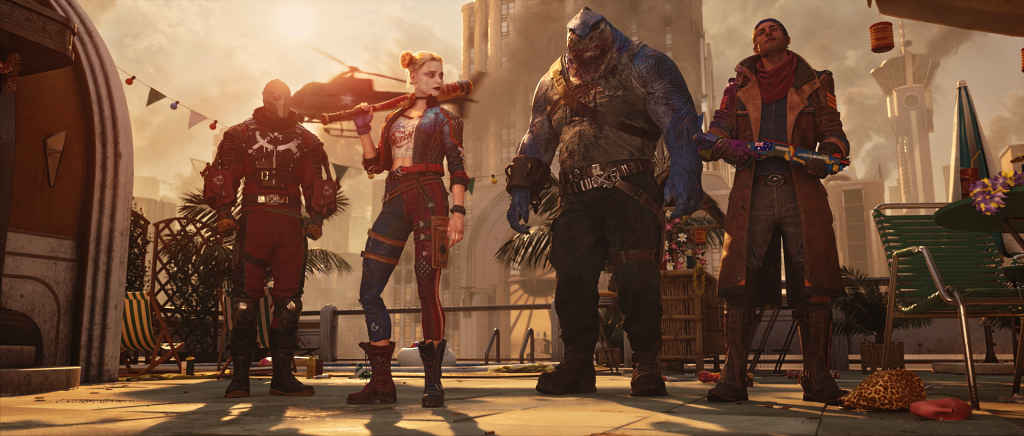
The game seamlessly weaves third-person shooter dynamics with RPG and looter-shooter elements. The player can opt for a solitary journey or join forces with up to three friends, freely swapping between the four characters, each armed with a unique set of weapons, melee attacks, special abilities, and ultimate powers. The canvas of customization extends to the player’s character, encompassing appearance, gear, and skills, with a progressive system unlocking new items and upgrades as the game unfolds. Two primary modes unfold within the gaming realm – a compelling campaign mode driving the central storyline and a dynamic live service mode offering a cascade of side missions, challenges, and seasonal events.
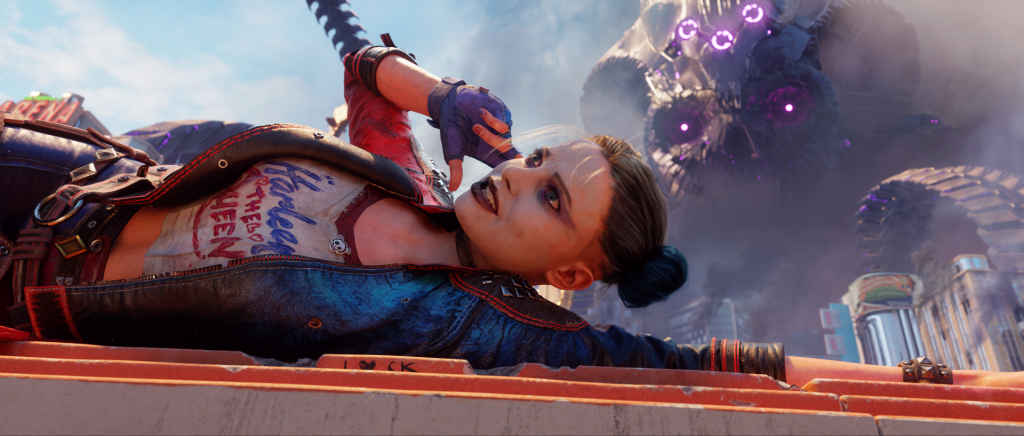
Combat is king
The game’s beating heart resides within its combat system, a symphony of chaos, speed, and visceral satisfaction. The player wields an arsenal of weapons, unleashes powerful abilities, and exploits the environment to dispatch enemies in a dynamic dance of destruction. Collaboration with teammates yields satisfying combos and facilitates mutual revival, elevating the gameplay beyond mere button-mashing. The showdowns against corrupted Justice League members emerge as challenging, epic boss fights, further intensifying the gaming experience. Visually, the game shines with impressive graphics, while the smooth animations and realistic detailing contribute to a visually immersive encounter. Sound design, marked by a catchy soundtrack and stellar voice acting, complements the on-screen chaos, enhancing the overall experience.
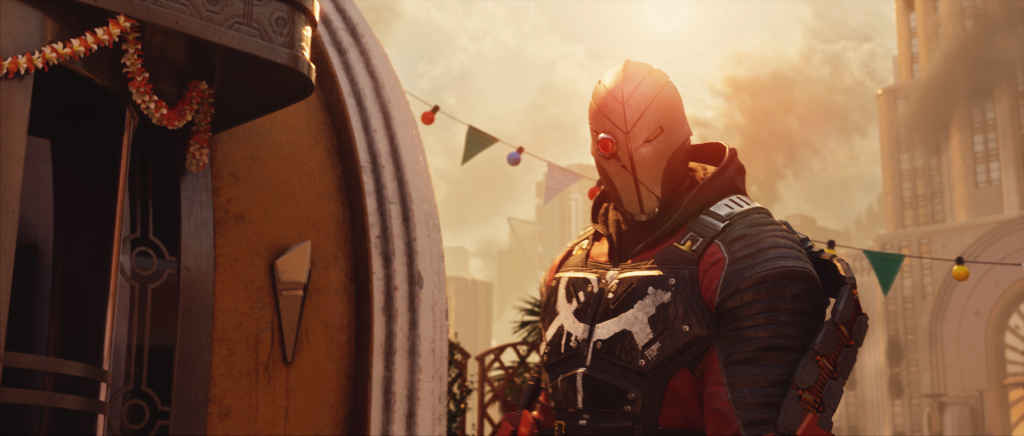
And then there was boredom
However, the game falters when it comes to mission design, succumbing to a monotonous and predictable rhythm. The majority of missions follow a cookie-cutter structure – go to a location, fight waves of enemies, do some terminal hacking, and proceed to the next checkpoint. The lack of diversity in objectives and the presence of generic enemies dilute the potential for an immersive narrative. The game’s world, though visually amazing, is mostly barren and devoid of activity, a missed opportunity. The narrative thread, woven with cliches, plot holes, and inconsistencies, struggles to honour the expansive DC Universe, occasionally diverging from established lore and characterizations.
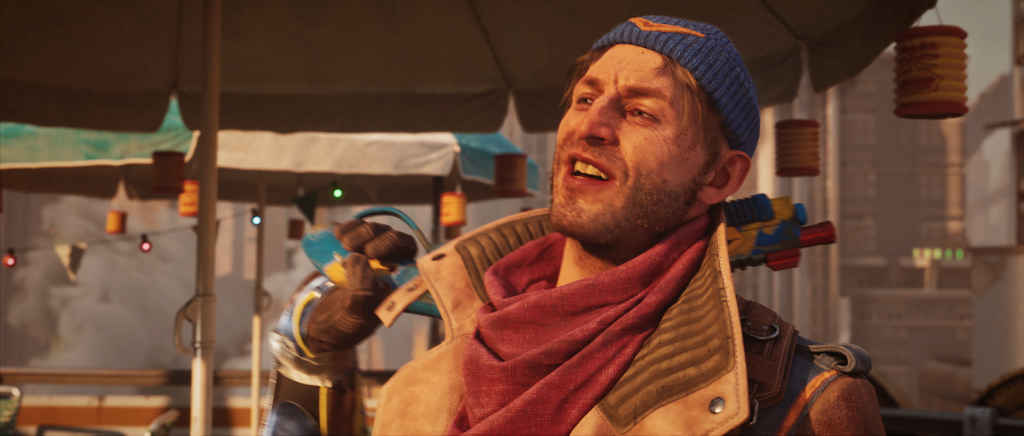
Games as a Service: Yay or Nay? Mostly Nay
The inclusion of live service elements introduces a dichotomy of delights and dilemmas. The game’s generosity is evident through frequent content updates, seasons, and DLCs, offering players a surplus of options for engagement. Multiple characters, diverse builds, and varying difficulty levels add layers of replay value. However, technical issues, ranging from bugs and glitches to outright crashes, tarnish the experience, introducing an unwarranted layer of frustration. The introduction of microtransactions, primarily cosmetic, raises concerns of intrusiveness, even if their impact on core gameplay remains minimal.
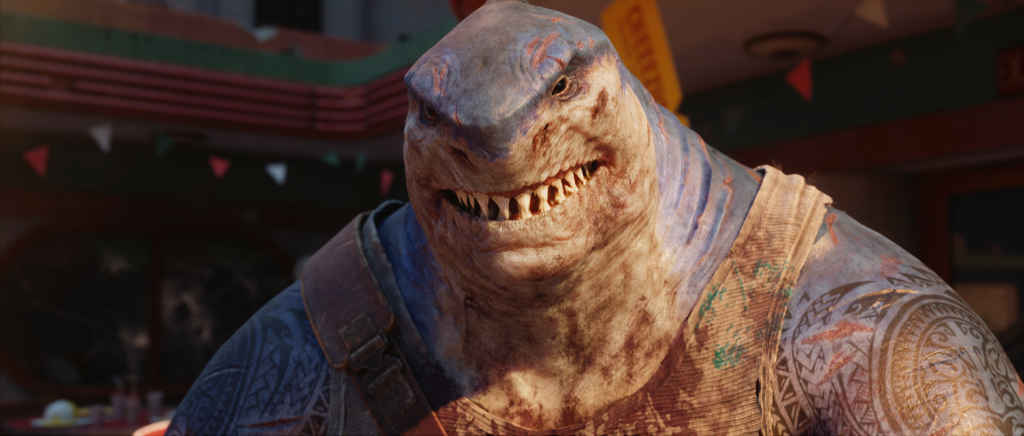
Suicide Squad: Kill the Justice League Verdict
Suicide Squad: Kill the Justice League leaves you with mixed emotions, with an unhealthy balance of exhilarating highs and exasperating lows. The game tries too hard to be good at too many things, which ultimately leaves it feeling pretty average overall. Its appeal remains subjective, drawing in some enthusiasts while leaving others disenchanted. Hardcore DC fans might still want to give the game a try since at least the characters themselves have been done well. However, the game falls short of the “must-buy” status. As the Suicide Squad grapples with the monumental task of neutralizing the corrupted Justice League, the game grapples with its own identity, navigating the intricate labyrinth of expectations and criticisms that define the contemporary superhero gaming landscape.
SKOAR! – 5/10
Manish Rajesh
Manish can usually be found fervently playing video games of all kinds or… no wait he’s pretty much always playing games View Full Profile